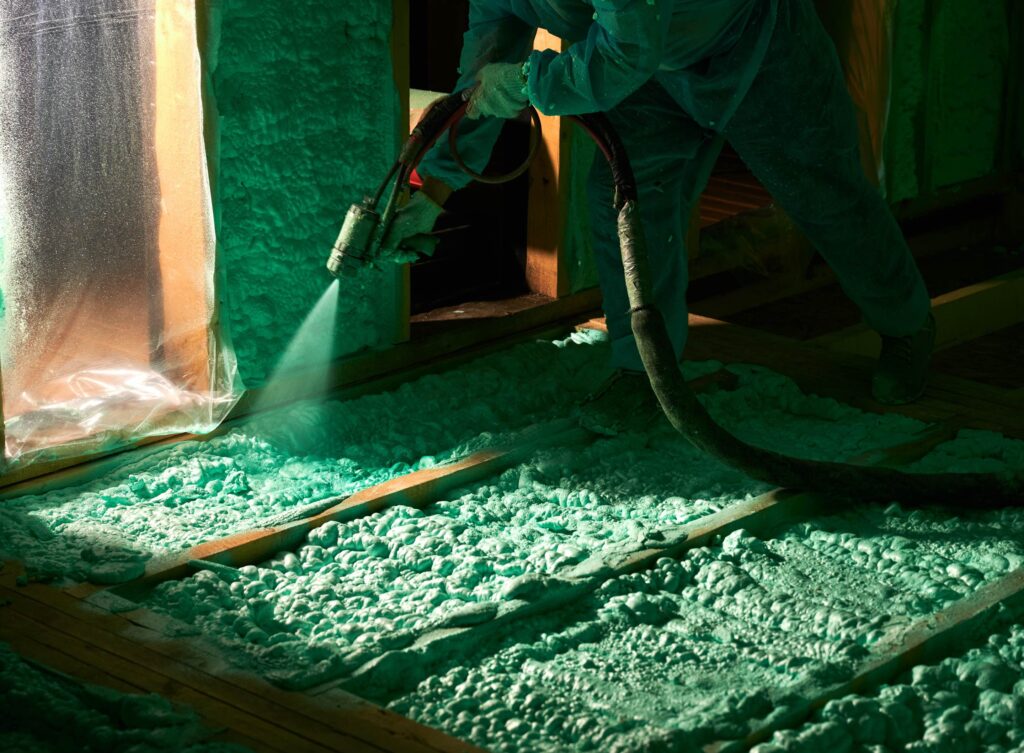As temperatures start to drop in Canada, keeping your home warm and energy-efficient becomes a priority. One of the best ways to make sure your home stays cozy throughout the cold winter months is by having the right insulation in place, especially in your attic and walls. A critical factor in effective insulation is its thickness, which directly impacts heat retention.
The thickness of your insulation plays a key role in how well it prevents heat from escaping. Thicker insulation provides better heat retention, which means your home stays warmer for longer without having to rely as much on your heating system. This is particularly important during Canadian winters, where even small amounts of heat loss can lead to higher heating bills and a colder home.
When deciding how thick your insulation should be, it’s important to consider the climate in your region. In areas with harsh winters—like much of Canada—thicker insulation is necessary to maintain a comfortable indoor temperature. For instance, homes in Ontario should follow the recommended standards for attic insulation to prevent excessive heat loss.
If your home isn’t retaining enough heat, adding more insulation is an easy way to improve its thermal performance. This is especially useful for older homes that might not meet today’s insulation standards.
Insulation needs vary depending on the type of building and its location, and local building codes provide specific guidelines. In Ontario, for most homes, the recommended insulation thickness in the attic should be between 19 and 22 inches, depending on the type of insulation material used.
According to Ontario’s building code, attic insulation should have an R-60 rating, which is equivalent to 19 to 22 inches of insulation. If your attic insulation falls below this range, adding more insulation will help enhance your home’s warmth and efficiency.
The R-value of insulation measures its ability to resist heat flow—the higher the R-value, the better the insulation. Different types of insulation have different R-values per inch of thickness. Here’s a breakdown of some common insulation materials and their R-values:
The type of insulation you choose, along with its R-value, will help determine how thick it needs to be to keep your home properly insulated.

In addition to keeping your home warm, proper insulation can lead to significant savings on your energy bills. When your insulation is thick enough, the heat produced by your furnace stays inside your home longer, meaning your heating system doesn’t have to work as hard. This reduced energy consumption translates into lower heating bills and a more comfortable living environment.
Upgrading your insulation to meet recommended standards—particularly in your attic—will help you prevent unnecessary heat loss, reduce your energy bills, and keep your home warm and cozy throughout the winter. By ensuring your insulation is thick enough, you can enjoy a more energy-efficient home that stays comfortable, even in the coldest months of the year.
Stay informed with the latest updates from iCare Home Comfort. From expert tips on maintaining your HVAC systems to industry news and energy-saving solutions, our articles are designed to help you keep your home comfortable and efficient. Check back regularly for insights that can make a difference in your home’s heating and cooling performance.
GTA Leading provider of heating, cooling, and water heating and treatment needs for over 15 years.

Get 5% off when you sign up for emails with savings and tips.
© 2024 ICARE HOME COMFORT INC. Design by Tensor Canada | Privacy Policy | Terms and Conditions